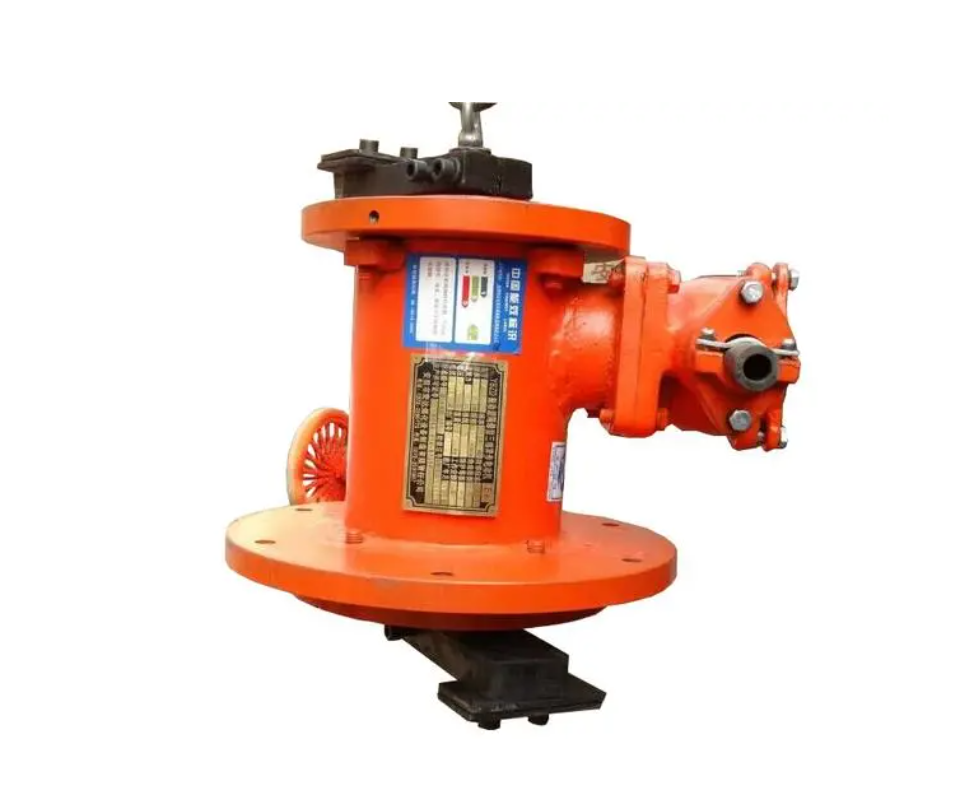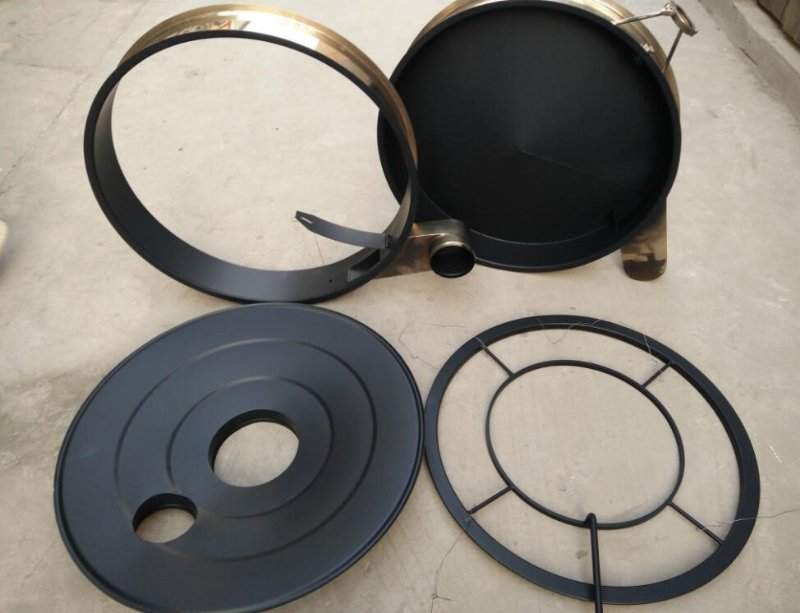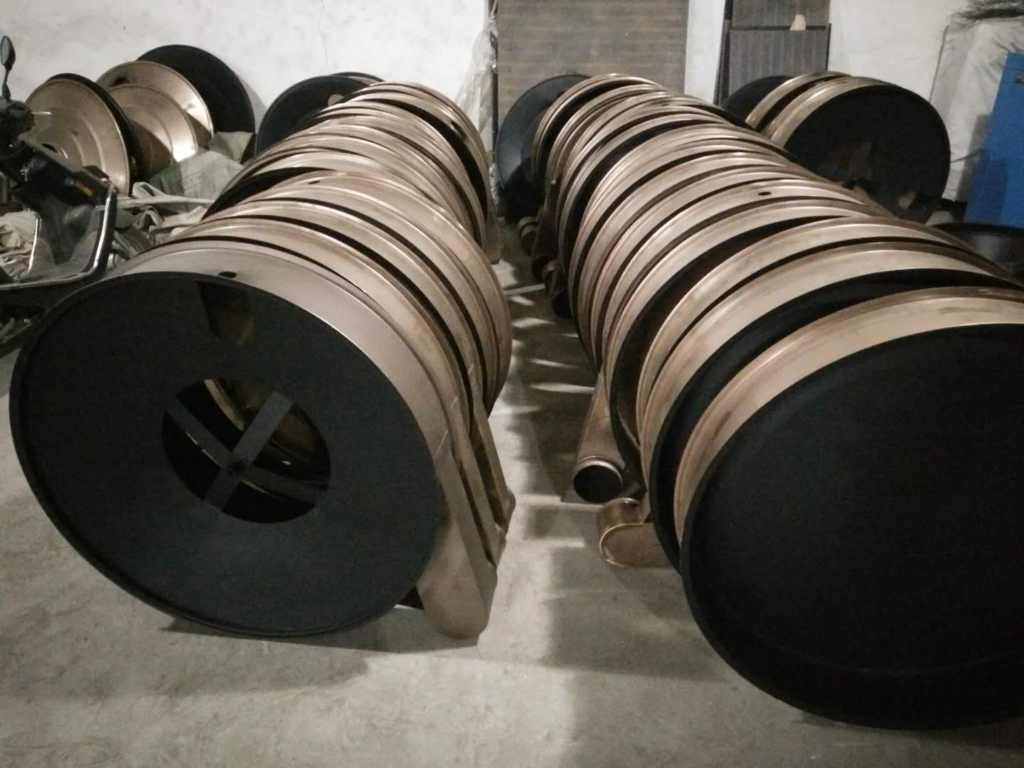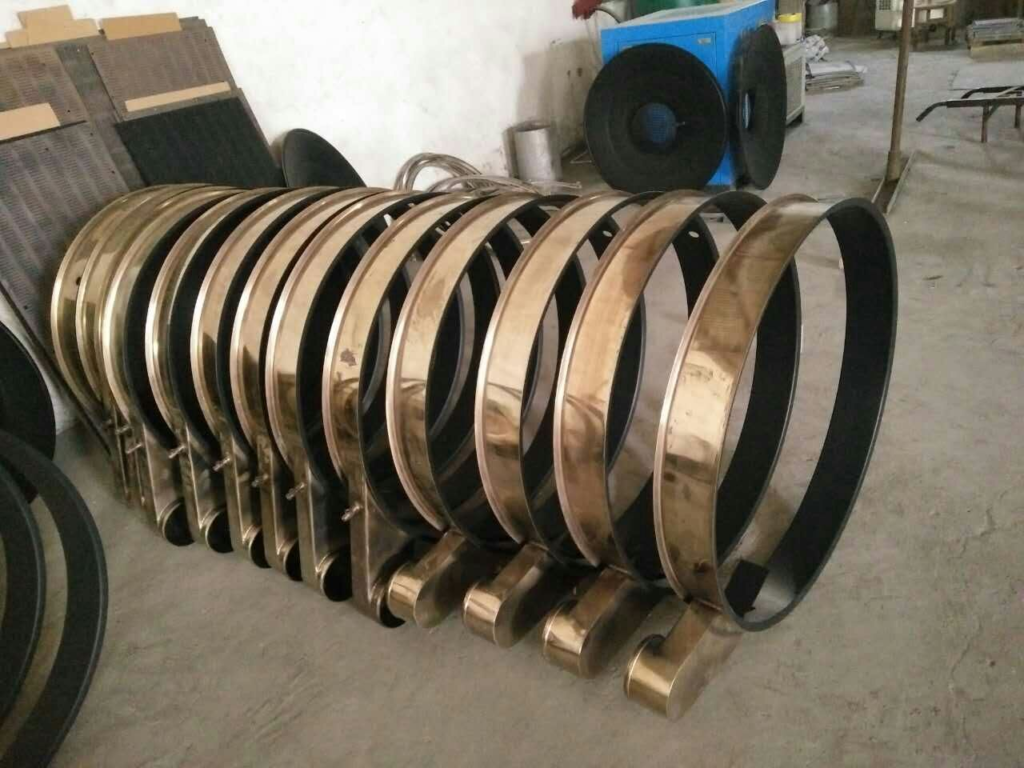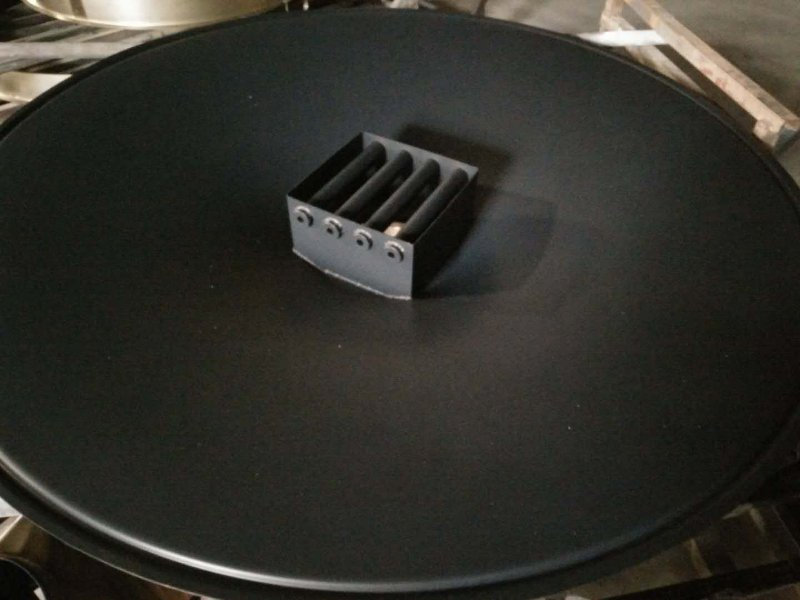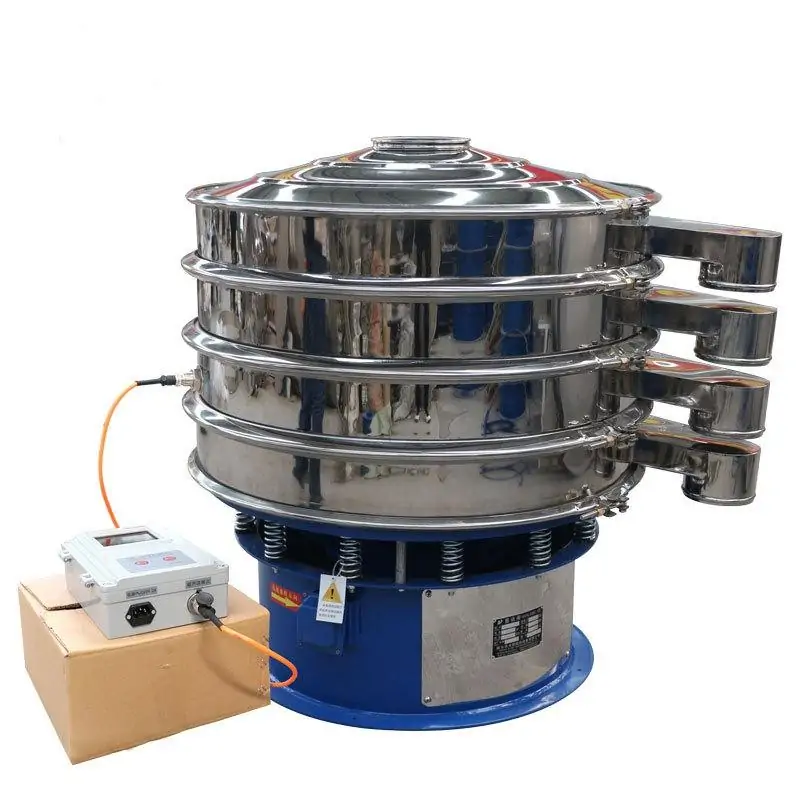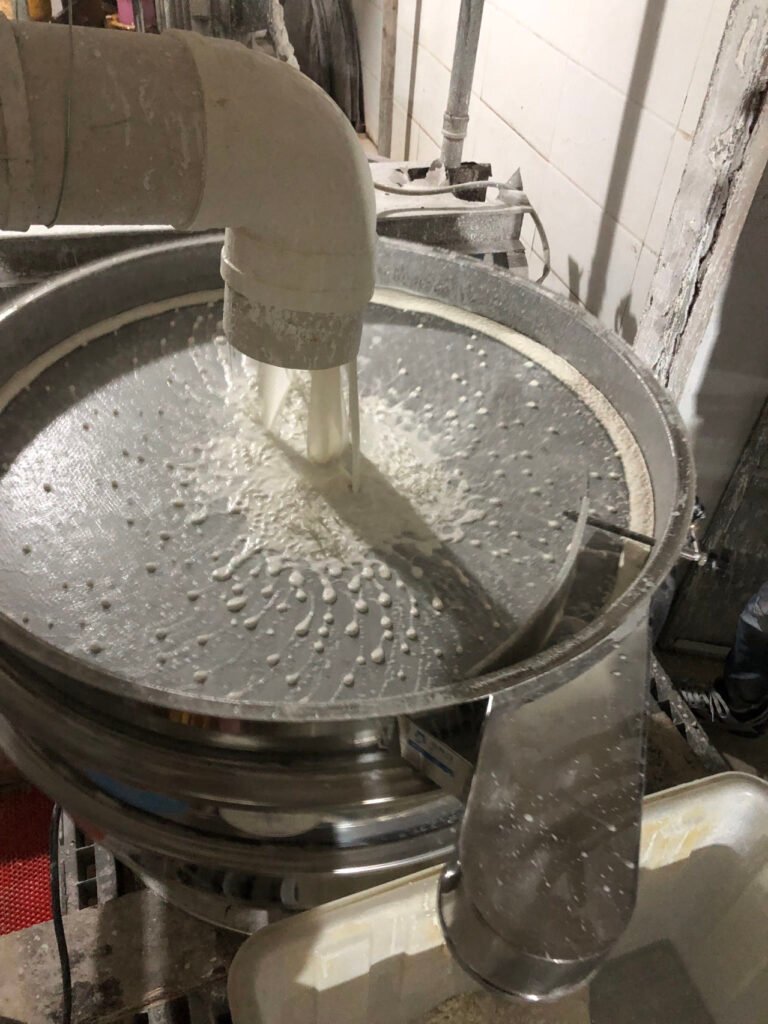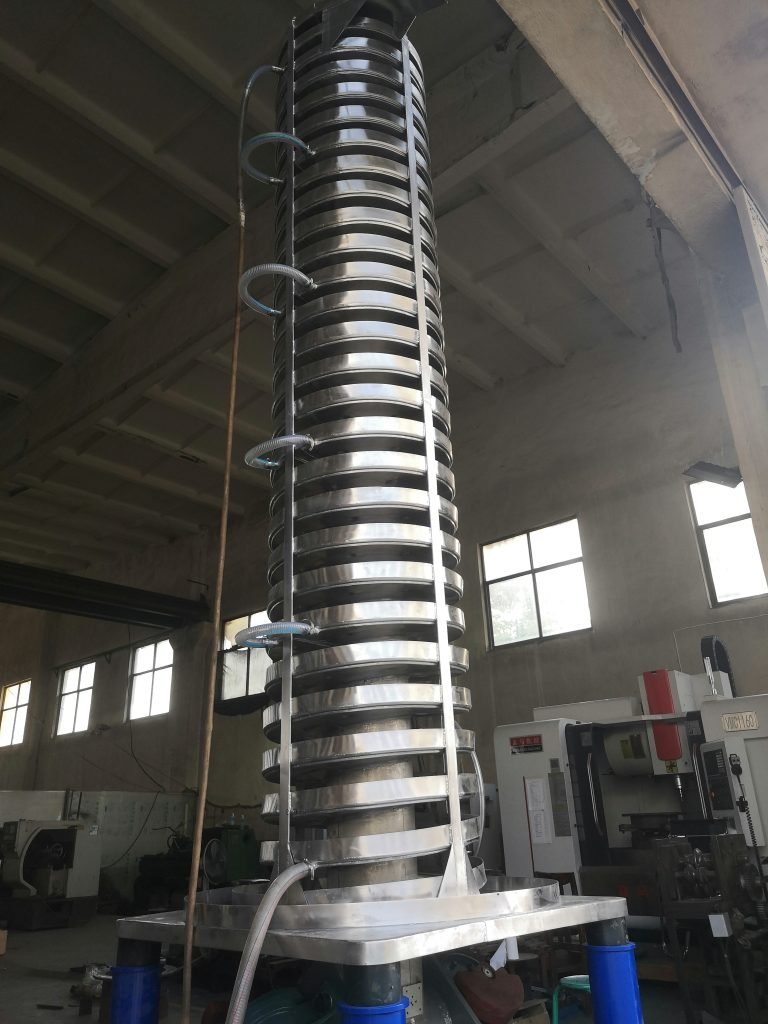ultrasonic vibrating screen: battery material Solution
Lithium cobaltate is a good positive electrode material in lithium-ion batteries. It has the advantages of high working voltage, stable discharge, high specific energy, and good cycle performance. It is widely used in the battery industry. However, in the process of making lithium cobaltate, sieve Partition is a big problem. The characteristics of lithium cobaltate are: light specific gravity, poisonous, small powder particles, and cannot contact metal. The solution given by our company is the ultrasonic vibrating screen.
Customer requirements:
- The equipment should be fully sealed, and lithium cobalt oxide should not leak
- Do not touch the metal, otherwise it will pollute the raw material
- Add permanent magnets to the screening equipment for magnetic separation
- The vibration motor is required to be an explosion-proof motor
- Choose 300 mesh for the screen. single layer
- The output of a single device should reach 300Kg/hour
- The equipment is stable, simple, and easy to operate
Project solution
According to the requirements of customers, our company recommends non-standard customized rotary vibrating screens to customers:
- The equipment is selected as a rotary vibrating screen with a diameter of 1200 (can complete the output of 300 kg/hour)
- Increase the ultrasonic system (lithium cobalt oxide has a light-specific gravity and is easy to agglomerate, which can be solved by ultrasonic waves)
- Parts in contact with materials are sprayed with polytetrafluoroethylene (PTFE) material — Teflon (to ensure that lithium cobalt oxide does not contact with the metal on the equipment)
- High-strength permanent magnets are added to the inlet and outlet of the ultrasonic vibrating screen (double magnetic separation)
- Replace the ordinary vibration motor with an explosion-proof vibration motor (to meet the customer’s explosion-proof requirements for equipment)
After the customer received the ultrasonic vibrating screen, it was put into use immediately. Our customized solution fully met the customer’s requirements, and the output reached 350 kg/hour, exceeding the customer’s expectations. Customer feedback is very good after use, and all subsequent ultrasonic vibrating screen are handed over to our company.

